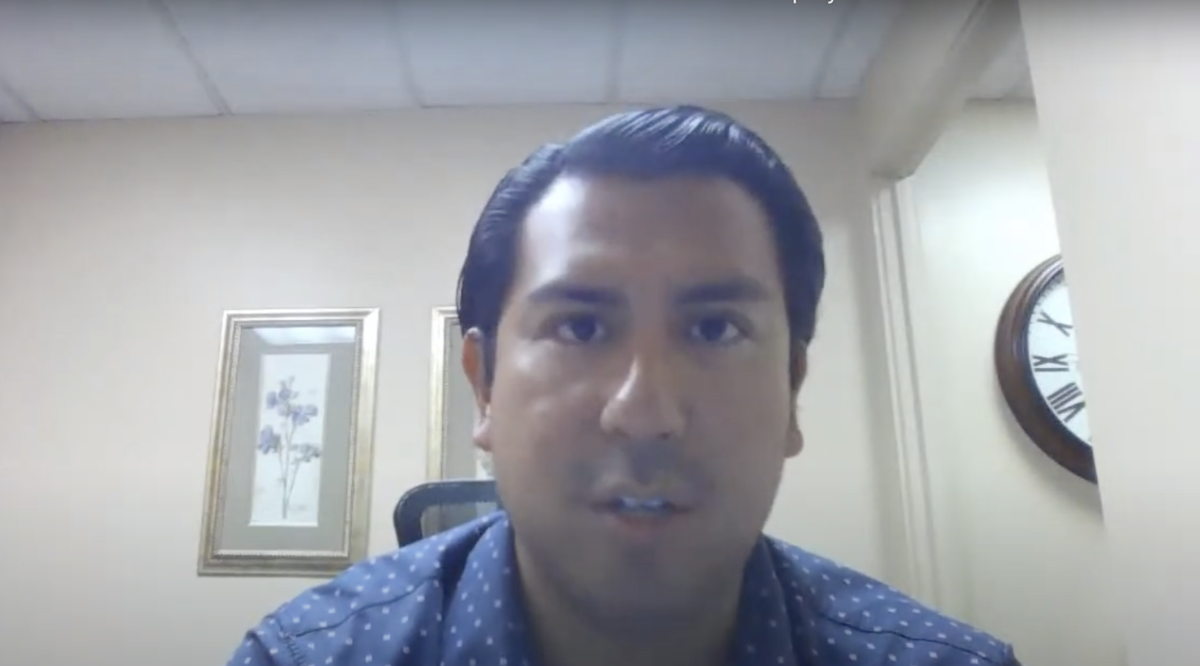Evolving Broadband Technologies Will Increase Connectivity, Say Broadband Breakfast Panelists
June 26, 2020 — Existing and evolving cellular technologies provide exciting and different solutions for different situations, said participants in a Broadband Breakfast Live Online webcast Wednesday on “Shared Infrastructure and Small Cell Deployment.” Wednesday’s webcast was a preview of the Digit
Elijah Labby

June 26, 2020 — Existing and evolving cellular technologies provide exciting and different solutions for different situations, said participants in a Broadband Breakfast Live Online webcast Wednesday on “Shared Infrastructure and Small Cell Deployment.”
Wednesday’s webcast was a preview of the Digital Infrastructure Investment mini-conference that will be hosted by Broadband Breakfast on August 10, 2020. Digital Infrastructure Investment is a pathbreaking event bringing the broadband and financial services communities together to focus on infrastructure and investment asset profiles, including fiber, small cells, towers and data center assets.
Although the conversation focused primarily on the sharing of infrastructure in regards to wireless towers and small cells, participants also noted the importance of the Citizens Broadband Radio Service, which allows for shared usage of valuable spectrum.
Oliver Pilco, managing member at View Capital Advisors, said that CBRS is a critical feature in achieving universal connectivity.
“CBRS has reached a critical point where it could really change how we deploy and building wireless,” he said. “But I think at the end of the day that technology will continue to change and improve, providing better capacity [and] better coverage.”
Inter-accessible broadband options are the future, participants said, and will allow for consumers to have more accessibility.
One of these options is becoming increasingly common in the United Kingdom and the United States, said Dean Bubley, founder of Disruptive Analysis.
“The idea is that a village community puts up its own cell tower if it’s got no coverage of the main carrier networks and then allows either a roaming model or a shared small cell… in that locality,” he said.
This option allows small municipalities to choose the service that best serves their residents, Bubley added.
“It’s quite common for groups of two or three other carriers to share parts of their radio networks and their infrastructure, irrespective of the open tower markets,” he said.
Amandus “Mandy” Derr, government affairs director for Crown Castle, said that radio technologies would, however, need to move closer to the end user as 5G technology continues to develop.
“This is going to be especially true with 5G where there’s going to be millions and millions more connected devices,” he said. “Your shirt’s going to have a chip on it, [and] autonomous vehicles [as well].”
Derr predicted that the necessity of such technologies would only grow more apparent as telework becomes more prevalent.
“The amount of data that’s going to be collected is already exponential,” he said. “I mean, it’s growing exponentially year over year, and it’ll continue to do that.”
Bubley agreed, noting that even after the COVID-19 pandemic has passed, future virus situations are possible, and in such a case, an investment in developing broadband infrastructure would pay dividends.
“Everyone’s going to need to have a plan B,” he said. “What you will need is more connectivity and more flexibility.”
The event was moderated by Broadband Breakfast Editor and Publisher Drew Clark.










Member discussion